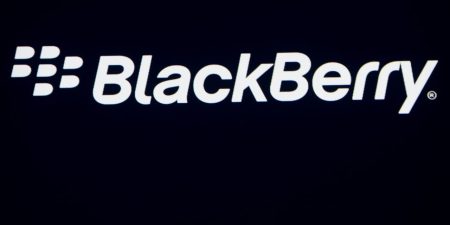Today I want to show you three funds that are highly unusual in a way that matters a lot to many folks: all three are free from a management-fee perspective.
In fact, these three funds—closed-end funds (CEFs), to be precise—are more than free: they have negative management costs!
What do I mean? Well, usually index funds sell themselves on being cheap. Fees on the Vanguard S&P 500 ETF (VOO
VOO
VOO
There are even funds out there that cost nothing, like the Fidelity ZERO Total Market Index Fund (FZROX), which has no expenses at all.
Sounds attractive, right? Well, not so fast—there are, of course, many things to consider when picking a fund besides fees. But let’s for the sake of argument say that fees are your highest priority. In that case, we still haven’t dug to the depths of how cheap funds can be.
Enter the world of negative ownership cost (NOC).
CEFs and NOC
Because many CEFs trade at discounts to net asset value (NAV, or the value of the assets in their portfolios), there are some easy ways to buy CEFs whose discounts are so big that the fund’s overall fees become negative.
We discussed the math behind this in a November 6 Contrarian Outlook article, so let’s skip to the good bit: a portfolio of three CEFs with negative ownership costs.
First, there’s the BlackRock
BLK
BLK
With bond yields as high as they are, these bond bets are already paying off, with higher net investment income shoring up BOE’s dividend. This is because BOE is rotating its portfolio into newer, higher-yielding bonds, boosting the income it can pay to shareholders as dividends.
Our second fund is the BlackRock Science and Technology Term Trust (BSTZ), which is an even better deal for investors, thanks to its huge discount to NAV—20.6% as I write this—and its -0.34% net ownership cost. This one also yields 7.7%.
The chart above is a clear snapshot of a CEF buying opportunity: at my CEF Insider service, we love to buy more of a CEF when it’s still deeply discounted, but that discount has momentum (or its moving swiftly toward par. You can clearly see that here.
We also like BSTZ because it’s managed by BlackRock, the world’s biggest asset manager—and that opens doors for us. As you’d expect from a tech fund, BSTZ gives us positions in firms like NVIDIA
NVDA
DIA
NVDA
DIA
SNPS
TSLA
TSLA
But BSTZ also invests in privately held techs—including those in the AI space—that individual investors like you and I can’t normally buy a piece of.
These companies can take off when they eventually go public, but of course, they carry risks, too. This is why we trust BlackRock, with its boundless research resources, to navigate this market for us and get us into the best private firms. That, plus the discount, dividend and NOC, make BSTZ a worthy addition to your portfolio’s tech allocation.
Our third fund yields a whopping 11.6%, which is compelling on its own. But its discount to NAV is so far off the charts that I’m honestly surprised this deal is on the market at all.
The Highland Opportunities and Income Fund (HFRO) sports a -1.21% ownership cost and a 37.3% discount to NAV (you read that right!), setting it up for price upside on top of its huge yield. (We’re essentially buying HFRO’s portfolio for 63 cents on the dollar here.)
HFRO also stands out because of its asset class: senior loans; after the interest-rate jumps in the past couple of years, these loans have been oversold, and HFRO has been heavily oversold on top of that, hence the outsized discount. Which is an opportunity today.
Recently, the market has kept testing lower and lower pricing of HFRO until it hit a post-pandemic low. That’s when it spiked upwards, providing a similar “momentum-plus-deep-discount” entry point as we just discussed with BSTZ.
Put together, you can see how looking at CEFs’ income streams, fees and discounts provide a holistic perspective on how these funds not only get you passive income quickly, but also price upside, too.
Michael Foster is the Lead Research Analyst for Contrarian Outlook. For more great income ideas, click here for our latest report “Indestructible Income: 5 Bargain Funds with Steady 10.9% Dividends.”
Disclosure: none
Read the full article here









